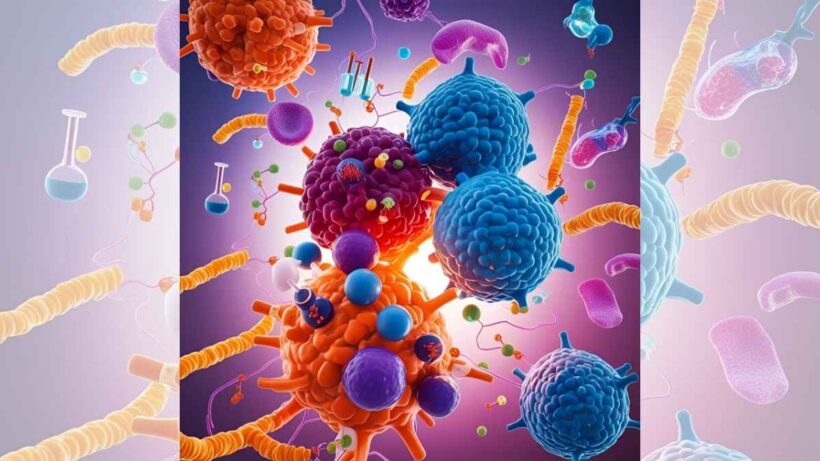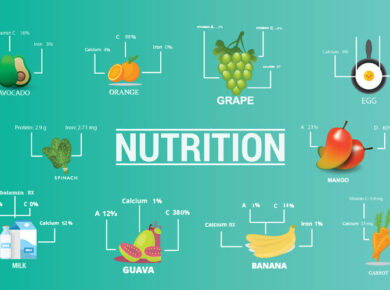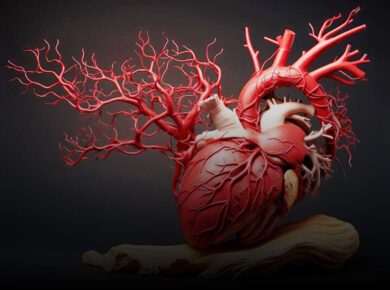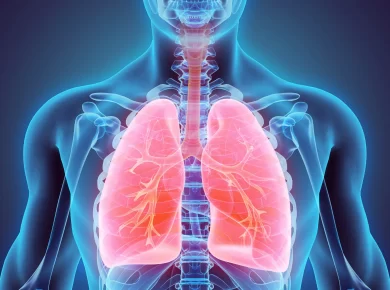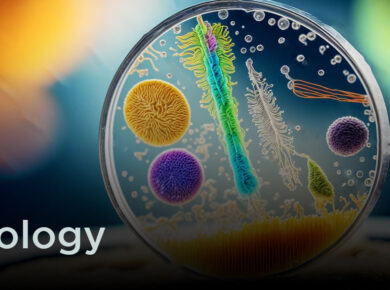Molecule of the Cell
The cell and its organelles are made of organic chemicals such as proteins, carbohydrates, nucleic acid and fats.
These are aptly termed biomolecules. Inorganic molecules such as water and minerals are also present in the cell.
Water:
- Water with unique physical and chemical properties has made life possible on earth.
- It is a major constituent of protoplasm.
- It is a medium in which many metabolic reactions occur.
- It is universal solvent in which most substances remain dissolved.
- It is responsible for turgidity of cells.
Elements necessary for life
Elements: Hydrogen, Carbon, Oxygen, Nitrogen, Calcium, Potassium. Sodium, Magnesium, Phosphorous. Sulphur. Chlorine, Iron. Boron. Silicon. Manganese, Copper. Zinc. Cobalt. Molybdenum, Silicon
Functions
- Required for organic compounds of the cell and present as major constituents. Ca in plant cell wall, C, H, O, N as organic compounds
- Act as major cations K and anions (Cl) in most physiological process
- As cofactor of enzymes Participate in most of the biochemical reaction : a cell (Fe, Cu, Mo, Zn, B)
- Involved in energy transfer reactions (P in ATP)
- Green pigment chlorophyll in plarc have magnesium in the centre.
C. Elements necessary for life
(i) Carbohydrates
Structure
- Composed of C, H and O
- Simple six carbon sugar (glucose) is called a monosaccharide.
- Two molecules or units join together to form disaccharide (sucrose).
- More than ten units of monosaccharides join in a chain to form a polysaccharide e.g. Starch and cellulose
Amino Acid
- Basic amino acid structure shows that the central carbon atom is attached an amino group (-NH2), a carboxylic acid group (-COOH), one hydrogen and one side group (R).
- There are 20 different side groups which give 20 different amino acids.
Proteins
- Composed of C, H, O and N.
Functions
- Most abundant organic substance present in nature in the form of cellulosic – cell wall.
- In both plants and animals it is used as a source of energy (sugar).
- An important storage form in plants is starch and in animals it is glycogen.
- Present in nucleic acids as five carbon sugar (Ribose).
